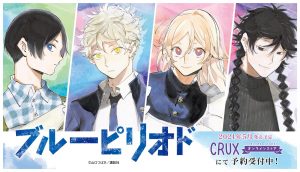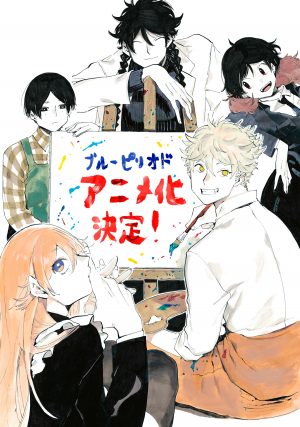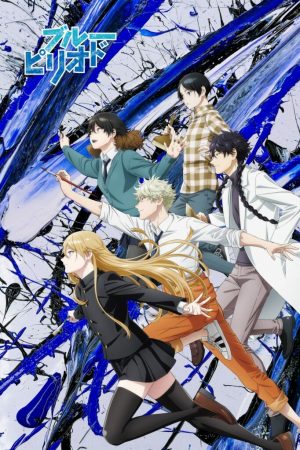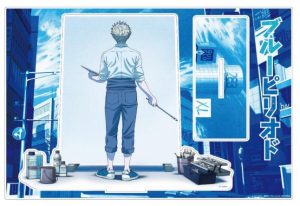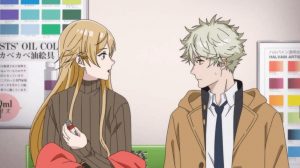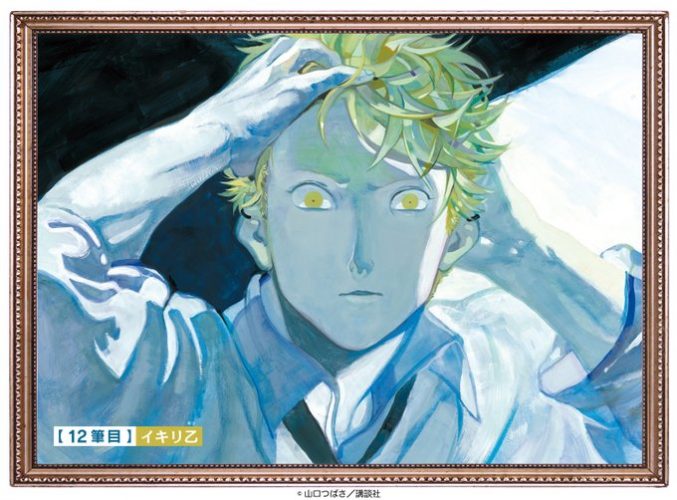
Blue Period is a critically acclaimed manga and one of the most popular seinen series out right now. The English publication may lag a bit behind the Japanese version, but thankfully we can enjoy the anime adaptation at relatively the same time as Japan through Netflix.
This means the story of the anime will be several steps ahead of the manga, at least with regards to the English version. But that doesn't mean you should forget about the manga and follow the anime instead, because there are several things that you can only find through the manga. Here are some of the biggest differences between Blue Period’s anime vs its manga.
The Power Of Color
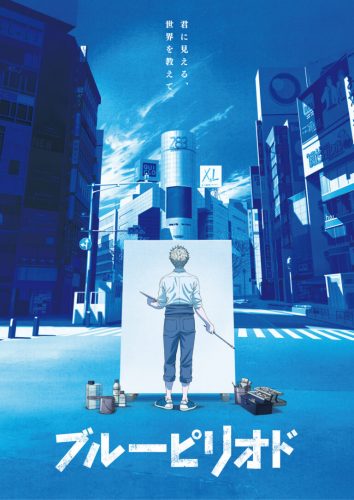
Blue Period is a story about Yatora Yaguchi, a high schooler who wants to be a painter. As such, a huge portion of the manga is about Yatora immersing himself into his drawings or just other activities surrounding painting in general.
So, obviously, the manga that can only convey its story through black and white illustrations is certainly limited in its ability to truly showcase the colorful paintings. The vibrant anime, on the other hand, can easily present the depth of every shade of the colors clearly and gracefully.
One of the pivotal moments in the story is Yatora's first painting of the quiet morning in Shibuya, drawn in different shades of blue. We can only accept that the painting is blue in the monochromatic manga, but the anime is the one that can truly show us the painting as it was meant to be. And that certainly delivers a stronger impact in the scene than the one in the manga.
Shortened And Missing Scenes

While anime can showcase the vibrant colors of the paintings, it doesn't mean it is the perfect medium for the story. The reason why is simply because there are lots of shortened and even missing scenes in the anime version. Mind you, it is not necessarily a rare thing. Anime adaptations do this all the time because the story can move faster through animation than illustration.
But what happens in the Blue Period is a bit different. Yamaguchi-sensei, the creator of Blue Period, has a very deliberate way of storytelling. She presents certain scenes in certain ways to impart very particular information and to induce certain feelings. When you take that out, you begin to lose an important building block of the story.
For example, in the manga, Yatora sees Takahashi's work on two different occasions. The first one leaves him in awe and he feels like a talentless human who tries to go against gods. But the second time, he's not that impressed with Takahashi's work. That's when he finally realizes that nobody is perfect and hard work is the key to a great result. The anime leaves the second scene out altogether and simply gives the conclusion to the viewers.
Conveying Emotions
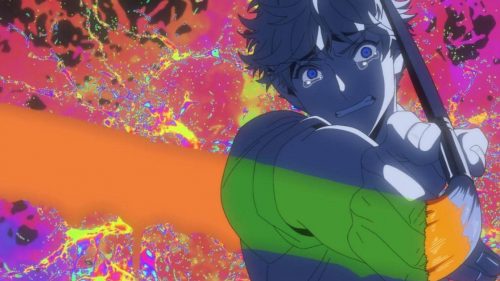
This point is very connected to the previous one. Other than missing important pieces of information, there are other consequences that happen when you stuff 200+ pages worth of content into two 20+ minute anime episodes, which is a little something called emotions.
Two particular scenes come to mind. The first one is when Yatora gets to use oil paint for the first time in his cram school. He is still not used to it and there are a lot of things that he doesn't know about it, so he decides to simply just have fun with it instead. This one truly highlights the joy of painting for Yatora, but this scene is nowhere to be found in the anime.
The second one is when Yatora finally decides to tell his reluctant mother about why he wants to go to the Tokyo University of the Art. This is a very long process that involves multiple conversations across different days. They even have a fight about it once.
And when they both finally open up their hearts and break down in tears, it is a very gentle moment where all of the built up tension is finally released. This whole event is cut down to only about 1 or 2 minutes worth of scenes in the anime and basically erases all of the setup and goes straight to the punchline.
Final Thoughts
While the core of the story and its overall progression remain the same, there are a lot of great things that the anime adaptation of Blue Period does better than its original source material. The most noticeable one is certainly the vibrant colors of the anime compared to the greyscale manga.
Unfortunately, the insistence to cram the dense and delicate scenes in the manga into roughly two anime episodes per volume is where everything starts to fall apart. Shortened and missing scenes not only impact the amount of information presented, but also cause it to fail in conveying certain emotions.
Granted, this problem only exists if you consume both the anime and the manga. So if you intend to only watch the anime without ever touching the manga, then you won't see these problems at all.
And there you have it. Have you watched Blue Period? Or maybe you only read the manga instead? Or perhaps both? Share your thoughts in the comment section below.
Recommended Post
Blue Period - Finally, a Nuanced Anime About Art!
Recommended Post
Award-Winning Art Manga "Blue Period" Gets Anime in 2021!
Recommended Post
Blue Period
Recommended Post
6 Anime Like Blue Period [Recommendations]
Recommended Post


